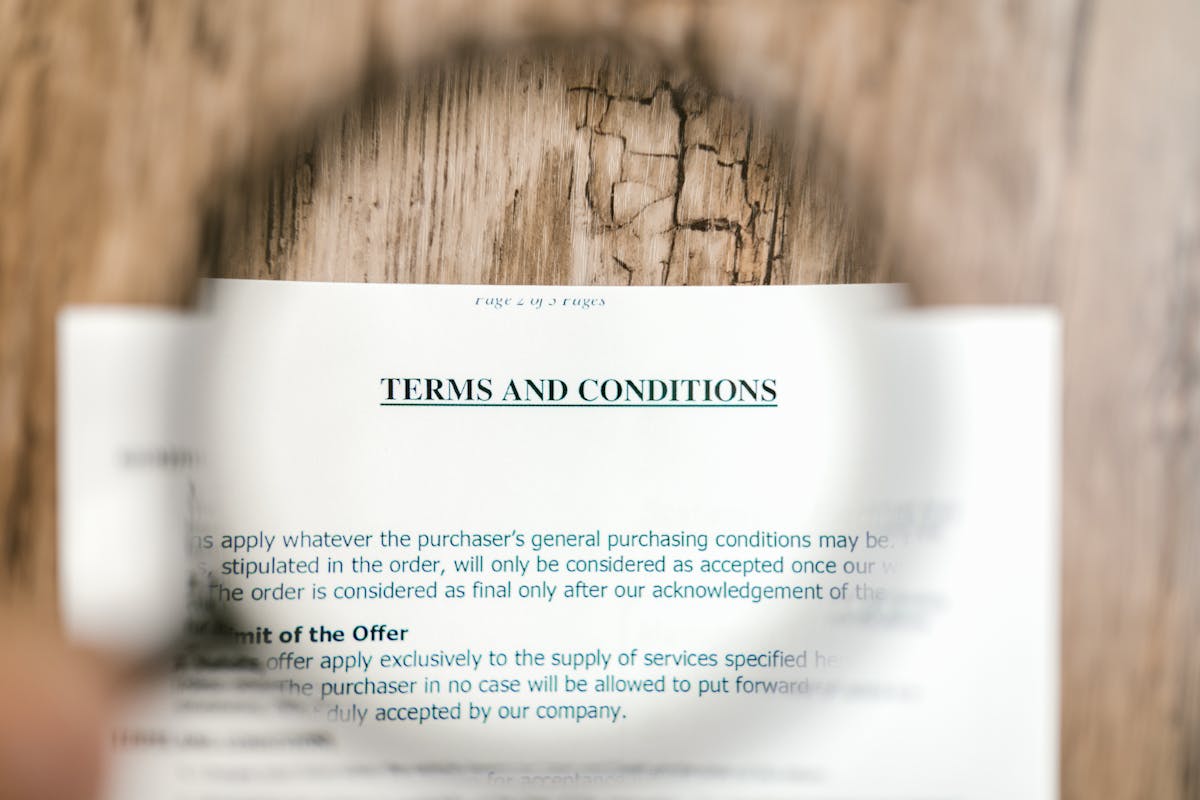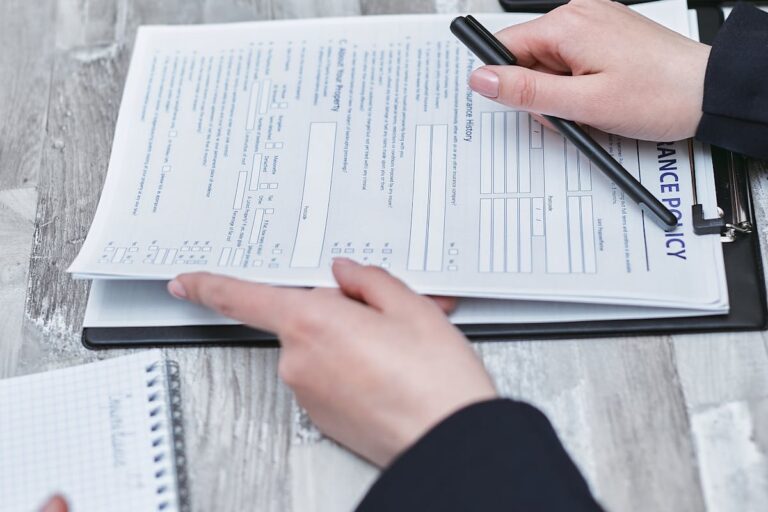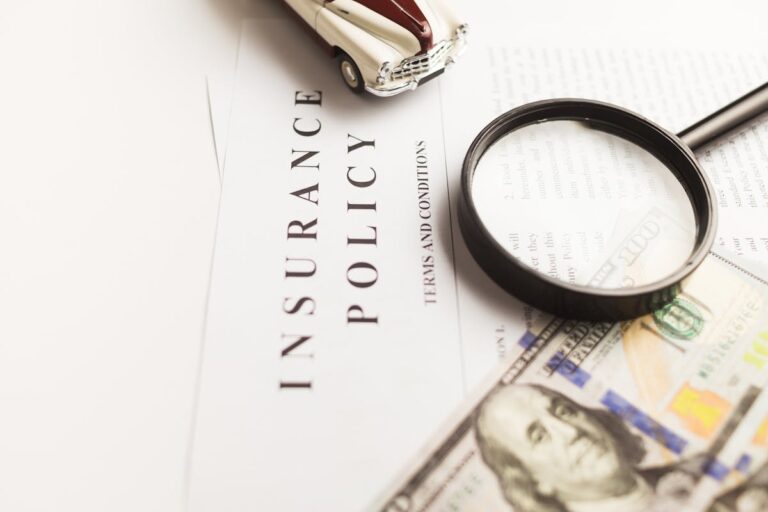In the aftermath of an auto accident, understanding the types of claims available is vital. From bodily injury and property damage to wrongful death and uninsured/underinsured motorist claims, each serves a unique purpose and carries its own set of complexities. To secure a fair settlement, it is essential to understand how these claims function within the legal framework, the necessary documentation required, and the role of legal representation. As we explore this topic further, we will uncover the intricacies of these claims and the strategic approach required to successfully navigate the claims process.
Understanding Auto Accident Claims
Maneuvering the labyrinth of auto accident claims can often be challenging, even for the most legally savvy individuals. Consequently, understanding the varied claim types and the intricacies of insurance coverage becomes essential.
Auto accidents can generate several types of claims, with bodily injury and property damage claims being the most prevalent. However, the focus here is on the former. Bodily injury claims arise when an accident results in physical harm. These claims are typically filed against the at-fault driver’s insurance company and may cover medical expenses, lost wages, and pain and suffering.
The role of insurance coverage in auto accident claims is significant. Generally, the at-fault party’s insurance is primarily responsible for compensating the injured party. However, if the at-fault party’s insurance coverage is inadequate, the injured party’s insurance may also come into play. It is crucial to recognize that insurance coverage limits will dictate the maximum payout for a claim.
Property Damage Claims
Frequently overlooked, Property Damage Claims form another significant category of auto accident claims. These claims address the financial loss resulting from damage to any tangible property involved in an accident, such as vehicles, buildings, or personal items.
The process begins with a meticulous damage assessment. This vital step involves a thorough examination of the damaged property to ascertain the extent of the damage. It is not merely a superficial glance, but a careful scrutiny that includes under-the-hood checks, bodywork examination, and interior inspection for vehicles.
Following the damage assessment, the next step is property valuation. This determines the pre-accident value of the damaged property, which is necessary to calculate the amount payable under the claim. The property valuation should be accurate and fair, reflecting the true worth of the property before the accident.
It is recommended to gather photographic evidence and to secure a professional evaluation of your property, to facilitate a fair settlement. Remember, you have the right to contest an insurer’s property valuation if you believe it is insufficient.
Bodily Injury Claims
Bodily Injury Claims present an essential facet of auto accident cases, often leading to significant legal and financial considerations. By understanding these claims, accurately estimating their value, and adeptly steering through the claim process, individuals can better safeguard their interests. This discussion aims to provide the necessary knowledge and guidance on these vital aspects, empowering readers to make informed decisions during such challenging times.
Understanding Bodily Injury Claims
An astounding number of individuals are unfamiliar with the term “bodily injury claims”, despite it being a vital component in auto accident cases. These are claims made by victims of auto accidents who have suffered physical injuries due to another party’s negligence. The process primarily revolves around two key factors: negligence determination and injury documentation.
Negligence determination is the initial step, where it must be proven that the other party was at fault for the accident. This may involve presenting evidence such as traffic camera footage, witness testimonies, or police reports. Without clear evidence of negligence, the chances of a successful claim diminish considerably.
Injury documentation is the subsequent, equally important step. This involves collecting and presenting medical records detailing the extent and nature of your injuries. Extensive documentation is essential to substantiate your claim. It typically includes medical reports, prescriptions, therapy records, and any other relevant records that demonstrate the severity of your injuries.
Estimating Claim Value
After establishing negligence and documenting injuries, the next step in bodily injury claims is to estimate the claim value. Understanding the claim valuation methods is essential in this phase, as it determines the amount a claimant might receive as compensation.
Several factors influence claims, including the severity and type of injuries, the cost of medical treatment, and any loss of earnings due to the injury. If the injury results in long-term or permanent disability, the claim value is likely to be considerably higher to cover the ongoing medical expenses and loss of future earnings. Pain and suffering, though difficult to quantify, also contribute to the overall claim value.
Claim valuation methods typically involve a calculation based on these factors. Some insurance companies may use a multiplier method, multiplying the total medical expenses by a certain number to account for pain and suffering. Others may use a per diem method, assigning a daily value for each day the claimant has suffered.
Though these methods provide a general idea, they are not definitive. Each claim is unique and the final settlement depends on negotiations between the claimant and the insurer. It’s advisable to consult a legal professional to guarantee a fair estimation.
Navigating the Claim Process
Often, maneuvering the claim process for bodily injury claims can seem like an intimidating task. However, with a clear understanding of the steps involved, appropriate documentation, and strategic negotiations, you can navigate through the process more confidently.
Here are three vital steps to help you navigate your bodily injury claim:
- Gathering Evidence: Collect all relevant information about the accident, including photos, medical reports, and witness statements. These claims documentation tips will help you build a solid case.
- Filing Your Claim: After gathering your documentation, file your claim with your insurer. Be sure to include all details of the incident and the injuries sustained.
- Negotiating a Settlement: Negotiation strategies are essential at this stage. The insurance company will likely propose a settlement amount. If it’s less than you believe you deserve, don’t hesitate to negotiate.

Wrongful Death Claims
The gravity of wrongful death claims in the aftermath of an auto accident cannot be understated. This encompasses a thorough understanding of the process, the method of filing these claims, and the potential compensation that may be sought. In this context, we will provide an extensive exploration of how to navigate this complex terrain, with the aim of equipping you with essential knowledge to make informed decisions.
Understanding Wrongful Death Claims
Among the various auto accident claims, wrongful death claims hold a unique and significant importance. These claims are brought forward when a person loses their life due to the negligent or reckless actions of another driver. Wrongful death claims involve complex legal proceedings and are deeply rooted in negligence standards.
- Negligence Standards: To win a wrongful death claim, the plaintiff must prove that the defendant’s negligent behavior directly contributed to the death. For instance, if the defendant was driving under the influence or was speeding, these actions would be considered negligent.
- Survivor Benefits: The damages awarded in a wrongful death claim are intended to provide financial support to the survivors. This can include compensation for lost wages, funeral costs, and loss of companionship.
- Statute of Limitations: Every state has a specific time limit within which a wrongful death claim must be filed. Failure to do so within the prescribed timeframe can result in the loss of the right to legal recourse.
Filing a Wrongful Death Claim
Maneuvering the process of filing a wrongful death claim can seem overwhelming, especially during a period of profound grief and loss. The legal implications are complex and require an extensive understanding of the law to successfully navigate. However, with proper knowledge and guidance, the process can be made less intimidating.
A wrongful death claim is typically filed by the surviving family members or the estate of the deceased. The claim asserts that the death was due to the negligence or misconduct of another party. The initial step involves gathering all necessary documentation, which may include medical records, police reports, and any evidence that proves negligence or misconduct.
Special attention must be given to the statute of limitations for filing a wrongful death claim, which varies by state. Missing this deadline can result in the dismissal of the claim. As a result, prompt action is essential.
Before filing, it’s advisable to consult with an experienced wrongful death attorney. They are well-versed in the legal implications and can provide valuable assistance in ensuring that all procedures and paperwork are handled correctly, thus increasing the chances of a successful claim.
Compensation in Wrongful Death
Understanding the monetary value tied to wrongful death claims is a significant component of the overall legal process. The compensation process is typically complex, considering various factors such as the deceased’s earnings, future earning capacity, medical and funeral expenses, and the pain and suffering experienced by the surviving family members.
- Economic Damages: This compensation category includes the deceased’s lost earnings, medical bills, and funeral costs. The age, health, life expectancy, and earning capacity of the deceased are essential determinants in this calculation.
- Non-Economic Damages: These are more subjective and pertain to the pain and suffering endured by the loved ones. The loss of companionship, mental anguish, and loss of consortium fall under this category.
- Punitive Damages: In cases where the defendant’s actions were especially reckless or malicious, courts may award punitive damages. This serves to punish the offender and deter similar conduct in the future.
The wrongful death compensation process requires a detailed understanding of the law and careful analysis of the damages. It is advisable to seek professional legal counsel to navigate this challenging process and guarantee rightful compensation is received.
Uninsured Motorist Claims
Steering through the aftermath of an auto accident becomes particularly challenging when the at-fault driver is uninsured. This is where uninsured motorist claims come into play. They serve to protect you from financial catastrophe by compensating for your losses when the at-fault driver lacks the necessary insurance coverage.
Uninsured coverage is an essential component of most auto insurance policies. However, it is not automatically included in all policies, and its provisions can vary widely. Thus, it is vital to understand the specifics of your uninsured coverage, particularly the claim limits. These limits determine the maximum amount you can claim after an accident with an uninsured driver.
Filing an uninsured motorist claim can be a complex process, fraught with potential pitfalls. For instance, the claim limits may not cover all your losses, or the insurer may dispute the fault or the extent of your injuries. Consequently, it is advisable to seek legal advice when managing an uninsured motorist claim. Knowledgeable legal professionals can help guarantee that you receive the maximum compensation possible under your policy’s uninsured coverage. Remember, the law is on your side when you’ve suffered due to an uninsured driver’s negligence.
Underinsured Motorist Claims
Steering through the maze of auto insurance claims becomes even more intricate when dealing with an underinsured motorist. These are drivers who have an insurance policy, but their coverage limit is insufficient to cover the damages incurred in the accident. This situation can rapidly transform a straightforward process into an intricate negotiation to secure the compensation you deserve.
- Proof of Underinsured Status: You must first establish that the other driver is indeed underinsured. This involves gathering adequate evidence about their insurance policy and claim limits.
- Filing a Claim with Your Insurer: If you have underinsured motorist coverage, you can file a claim with your insurer. This claim comes into play when the underinsured driver’s insurance claim limit is exhausted.
- Negotiation Process: Should your claim exceed your underinsured motorist coverage limit, it may necessitate the negotiation with your insurer for a satisfying settlement.
Navigating the Claims Process
While it may seem intimidating, managing the claims process is an important step to achieving fair compensation after an auto accident. This involves a keen understanding of claim documentation and effective negotiation tactics.
Claim documentation is vital. It serves as the foundation of your claim and provides concrete evidence to support your case. This includes police reports, medical records, witness statements, and any photographs or videos of the accident scene. Each piece of documentation bolsters your claim, making it harder for insurance companies to undervalue your claim.
Negotiation tactics are equally important. Insurance companies are businesses, and they will often try to minimize payouts. You must be prepared to stand your ground and advocate for the compensation you deserve. This might involve countering initial settlement offers, demonstrating the full extent of your damages, or even bringing in a lawyer to strengthen your negotiation stance.
Navigating the claims process is no easy task, but with a strong understanding of the key components – claim documentation and negotiation tactics – you can guarantee a fair outcome. Remember, you are not alone in this process, and seeking professional help can be a game-changer.
Frequently Asked Questions
What Happens if Both Parties Are at Fault in an Auto Accident?
In situations where both parties are at fault in an auto accident, the principle of comparative negligence applies. Each party’s insurance liability is determined based on their respective degree of fault in the incident.
How Long Will It Take to Settle My Auto Accident Claim?
The settlement timeline for an auto accident claim varies based on case complexity. It involves evaluation of evidence, negotiation, and possibly litigation. Patience during the claim process is pivotal for a fair resolution.
Can I Make a Claim if the Accident Was Caused by Poor Road Conditions?
Yes, you can make a claim if an accident was due to poor road conditions. Liability may lie with the entity responsible for road maintenance. However, proving this can pose unique challenges in auto accident claims.
What if the Other Driver Doesnt Have Enough Insurance to Cover My Medical Bills?
If the other driver lacks sufficient insurance, your uninsured/underinsured motorist coverage can help. This coverage, often included in auto policies, guarantees your medical bills are paid if the at-fault party’s insurance is inadequate.
How Does a Pre-Existing Condition Affect My Auto Accident Claim?
A pre-existing condition may influence your auto accident claim. Insurers often argue that pre-existing injuries were the cause, not the accident. However, if the accident exacerbated the condition, you may still receive adequate insurance coverage.

